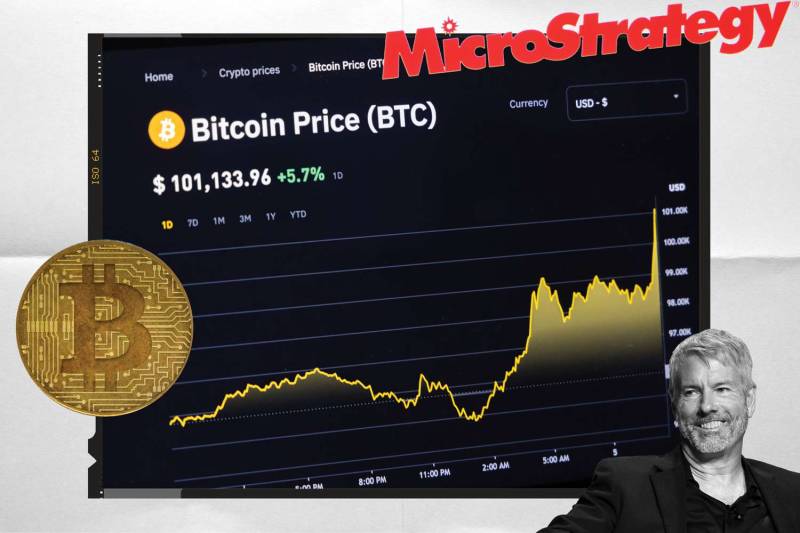 |
|
 |
|
 |
|
 |
|
 |
|
 |
|
 |
|
 |
|
 |
|
 |
|
 |
|
 |
|
 |
|
 |
|
 |
|
Cryptocurrency News Articles
Tether (USDT) Discontinues Euro Tether (EURT) Support, Shifts Focus to Hadron Tokenization Platform
Nov 29, 2024 at 08:10 pm
Recent breaking news is floating around Tether, the issuer of the largest stablecoin. The issuer revealed that it will discontinue support for Euro Tether

Cryptocurrency issuer Tether announced on Friday that it will discontinue support for Euro Tether (EURT) on all blockchains. The move comes as the company faces increasing regulatory scrutiny in Europe.
Launched in 2016, EURT was designed to offer a Euro-pegged stablecoin asset for cryptocurrency markets, with each token backed by 1 euro. However, despite its initial introduction, Euro Tether adoption remained relatively low, with a market capitalization of only $27 million, which was a fraction of the value of USDt, Tether’s flagship stablecoin.
According to the company, the decision to discontinue EURT was influenced by evolving regulatory frameworks surrounding stablecoins in the European market. However, it also noted that community interest plays a central role in its decisions regarding token deployments.
Tether stated that the move is part of a broader strategy to enhance transparency, security, and resilience within the cryptocurrency market. Discontinuing EURT aims to streamline the company’s operations and更好地align with the regulatory landscape.
As European regulators introduced MiCA rules to address the volatility of digital currencies, EURT faced challenges in meeting these requirements. The costs and adjustments needed for compliance proved unsustainable, leading to the discontinuation of the Euro stablecoin.
Euro Tether holders across all blockchains are required to redeem their tokens by November 25, 2025. Tether has advised holders to follow the instructions provided by their respective exchanges or wallets for the redemption process.
“The decision to discontinue EURT has not been taken lightly,” said Paolo Ardoino, CEO of Tether, in a post on X. “Until a more risk-averse regulatory framework in Europe is in place – one that fosters innovation, offers the stability and protection our users deserve and avoids potential banking systemic risks – we have chosen to prioritize other initiatives.”
The move comes as歐洲監管機構收緊對穩定幣的規定, with MiCA stablecoin regulations imposing stringent requirements on issuers. These include maintaining adequate reserves, segregating funds, reporting frequently, and ensuring secure custody.
One significant rule requires Euro stablecoin providers, such as Tether, to hold at least 60% of their reserves in cash at commercial banks to protect investor interests. However, Tether CEO Paolo Ardoino has pushed back against this mandate, arguing that keeping large cash reserves exposes them to greater risks.
These risks include being subject to uninsured banking failures. Instead, he has advocated for holding 100% of the reserves in treasury bills, which he considers a safer and more stable alternative.
Earlier, Ardoino had mentioned ongoing discussions with regulators. But the recent discontinuation of Euro Tether suggests that Tether encountered challenges in obtaining regulatory approval.
Meanwhile, Tether also highlighted the role of Hadron, its stablecoin-as-a-service platform, in unlocking the future of tokenization. Hadron is designed to help issuers launch and manage stablecoins efficiently, simplifying compliance, AML procedures, and issuance processes.
According to Tether, Hadron will spearhead the tokenization of assets such as stocks and bonds, enabling them to be traded on exchanges and integrated into DeFi protocols.
Tether’s investment in Quantoz Payments has led to the launch of MiCA-compliant EURQ and USDQ stablecoins, backed by euros and U.S. dollars, respectively. These E-Money tokens are an important step in expanding digital assets within European markets.
Tether’s Hadron platform powers these stablecoins, streamlining stablecoin management while meeting regulatory standards.
“Tether will now focus on new ventures including Quantoz Payments’ MiCAR-compliant stablecoins EURQ and USDQ powered by Tether’s Hadron technology platform. “Hadron will remain our priority in the region,” Ardoino said on X.
As the company pivots, it aims to become the foundational technology behind the tokenization of real-world assets. With a stablecoin ecosystem approaching a $200 billion market cap, Tether continues to assert its dominance in the space.
Disclaimer:info@kdj.com
The information provided is not trading advice. kdj.com does not assume any responsibility for any investments made based on the information provided in this article. Cryptocurrencies are highly volatile and it is highly recommended that you invest with caution after thorough research!
If you believe that the content used on this website infringes your copyright, please contact us immediately (info@kdj.com) and we will delete it promptly.
-

- New FASB Accounting Rule May Have Helped Tesla Book a $600M Bitcoin Profit, but It Could Land MicroStrategy With a Huge Tax Bill
- Feb 01, 2025 at 10:50 am
- Roughly 26% of Tesla's net income for the fourth quarter of 2024 came from its bitcoin holdings. The company was able to book these bitcoin-derived profits due to a change in Financial Accounting Standards Board (FASB) guidelines for crypto assets.
-

-

- Intesa Sanpaolo, Italy’s Biggest Bank, Now Holds Bitcoin
- Feb 01, 2025 at 10:50 am
- With assets of approximately $1 trillion, Intesa Sanpaolo is Italy’s biggest bank. The purchase, made through a proprietary trading desk for digital assets established by the lender in 2023, comes amid a wave of institutional interest in Bitcoin.
-

-

-

-

-

-






























































